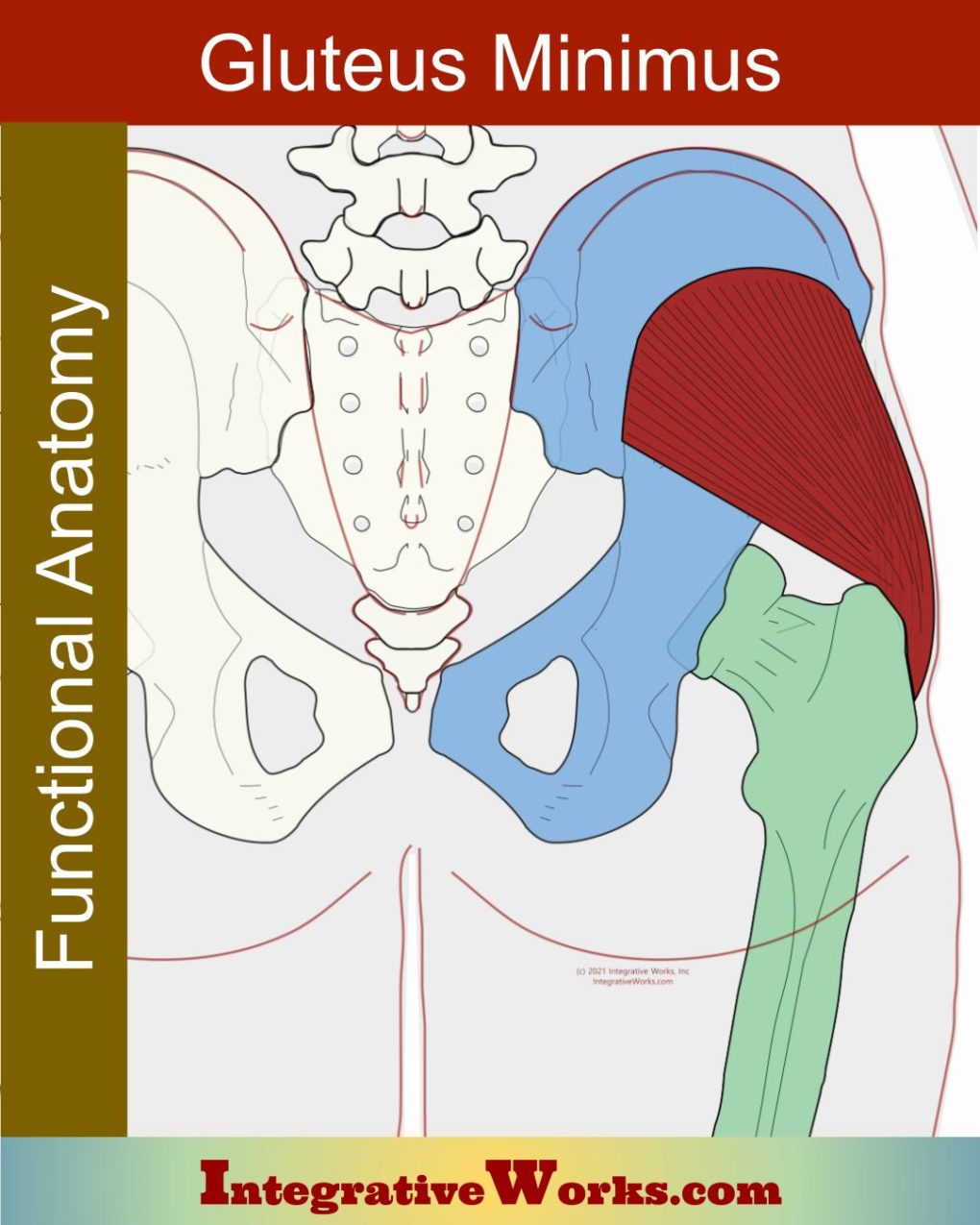Integrative Works is hosting some content on Patreon so that we can devote more time and energy to creating the resources that you need. Basically, the majority of our content is still available to the public. Content that is oriented toward bodywork professionals is available with a nominal subscription to Patreon. Log in to Patreon to view this post and support content creating at Integrative Works. Thanks for your continued support.
To view this content, you must be a member of Tony's Patreon at $2 or more
Already a qualifying Patreon member? Refresh to access this content.


 Unlock with Patreon
Unlock with Patreon